Most recently updated July 30th, 2023
Estimated Reading Time: 5.6 minutes
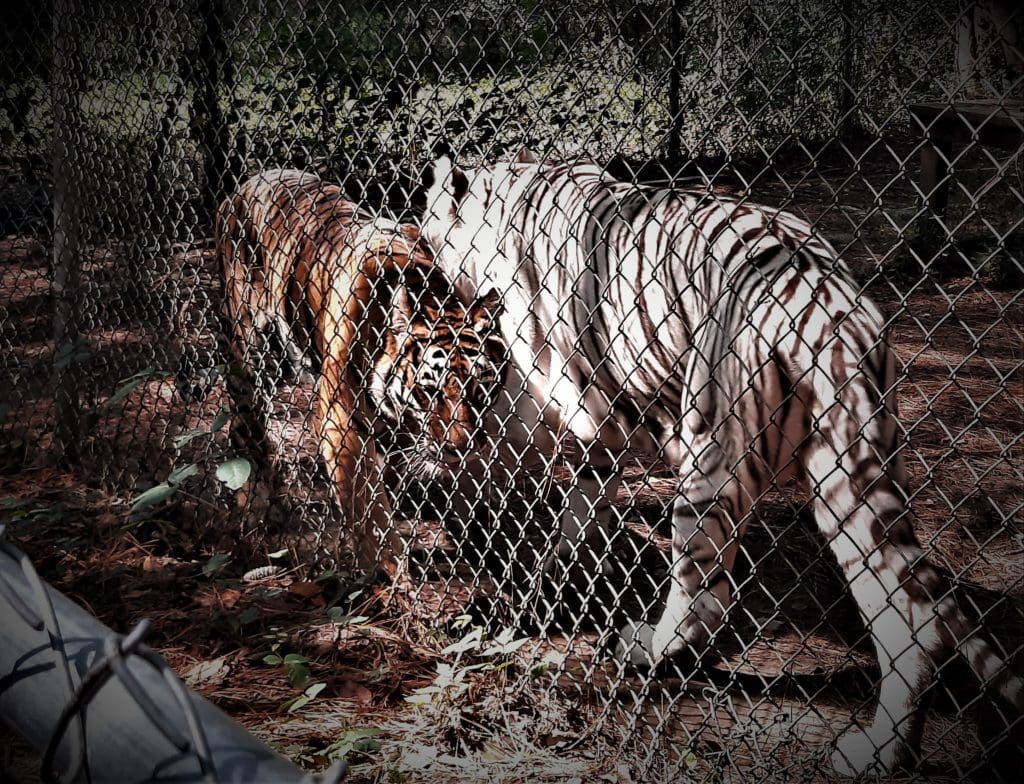
Last summer I went back to visit the Carolina Tiger Rescue in Pittsboro, NC. I first visited the rescue about three years ago.

I originally heard about the organization many years ago, but life (work, childraising, etc) was more than busy enough already, so I let it go.
And then COVID limited all of our activities…
But lately, I’ve been taking another look at local volunteer opportunities – especially those dealing with animals and wildlife.
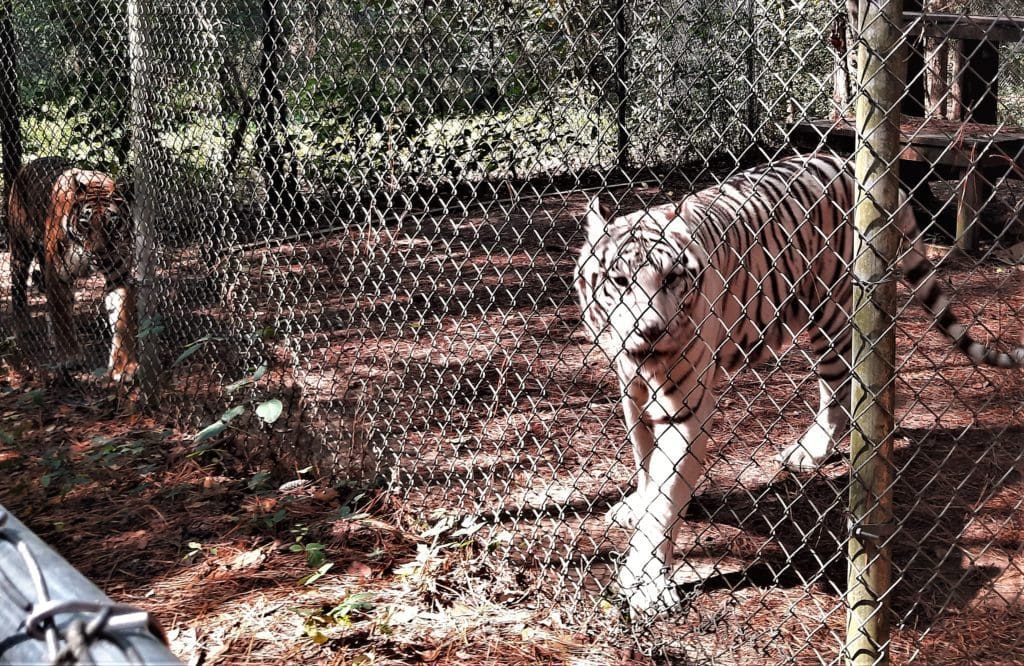
The Carolina Tiger Rescue was high on my list of possibilities, and I visited their website to see what I could find.
The facility offers public tours by appointment Fri-Sun, so I reserved a ticket for one of their Friday morning tours.

The morning of my tour day was beautiful, clear and sunny, and the 45-minute drive down I-64 past Jordan Lake passed quickly.
I arrived a couple of minutes early, with just enough time to sign in at the gift shop before the start of the tour.
We began in an outdoor room, where our tour guide gave us an overview of the history of the facility and their mission – and of course safety protocols.
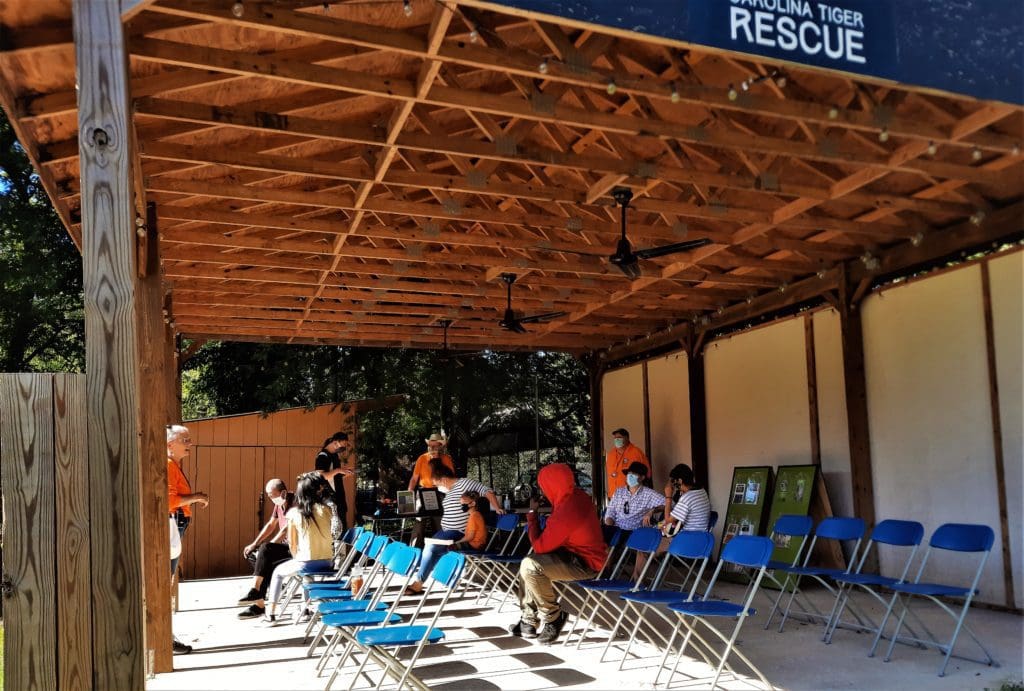
Some of my posts contain affiliate links. If you make a purchase through an affiliate link, I will receive a small payment at no additional cost to you. I do not get paid for recommendations, all opinions on this site are my own. See full Disclosure page here.
THE TIGER RESCUE MISSION
Through the years, both the name and the mission of the facility have changed.
Originally founded as The Carnivore Evolutionary Research Institute in the 1970’s as a breeding facility for vanishing species, the institute incorporated as a non-profit in 1981, and changed its name to Carnivore Preservation Trust (CPT).

CPT became well-known for breeding certain carnivore species, but over time the greater environmental community organized better plans for species survival, and CPT began to do less breeding.
In 2000 CPT decided to refocus on advocating, rescue and education.
The organization name was changed to Carolina Tiger Rescue in 2009. It is a private 501 nonprofit wildlife sanctuary.
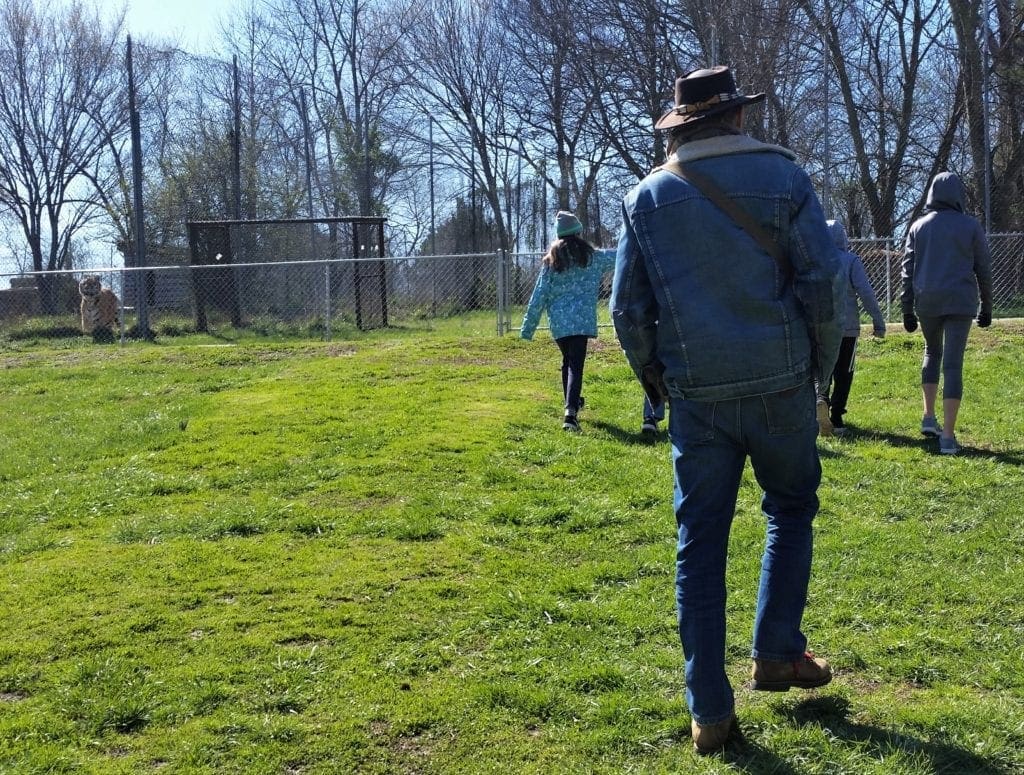
The 55-acre refuge’s mission is to provide a refuge and sanctuary for mistreated or unwanted carnivores.
It is a no-touch facility, and guests must be escorted around the sanctuary by a trained staff member.
Most of the animals have been rescued from situations where they were kept as pets, props in roadside zoos, or as residents of other sanctuaries that were unable to care for them properly.
In the United States, 5000-7000 tigers are in private ownership; there are no Federal laws regulating wild cat ownership and no laws covering wild cat ownership in North Carolina, either.
THE TIGER RESCUE TOUR

Fewer than half of the animals in the sanctuary are included in the public tours.
According to our guide, this may be because they have been traumatized and aren’t ready to interact or just don’t like people very much.
The animals we saw all seemed healthy and content.
We walked on grass and dirt trails, passing through different levels of enclosure for safety.
Each animal breed was in it’s own large enclosure, with smaller enclosures inside for the animal to wait to allow cleaning, food and enrichment items to be handled safely in the outer enclosure.

We walked just under a mile in total, visiting the various animal enclosures.
All but the smallest children or those with mobility problems should be able to walk these unpaved paths.
Scattered through the sanctuary are also three “people enclosures” (with tops) for visitors and caretakers use in case of an animal escape. These have never been needed.
The guide stopped at each enclosure and told us a bit about each breed in general and about the specific animals in the enclosure that day.

We were required to remain with the group.
THE RESCUE CATS
Tigers are the most abundant animal in the refuge.
They house ten species of animals in all, including tigers, lions, cougars, bobcats and ocelots.

Tigers were the most social with visiting humans during my tour.
While the lions did notice us, we were largely ignored while they went about their important lion business.
My tour was on a feeding day, and many of the animals were distracted by the crew dressing a deer to distribute to the cats later in the afternoon.

One white tiger lives at the sanctuary.
We learned that white tigers are not a different species, or albino tigers (white tigers have blue eyes).
White tigers are a genetic mutation requiring two recessive genes for the white color in a Bengal tiger.

When the sanctuary was in the breeding business, they discovered that breeding for the recessive gene (as also happens when breeding for specific traits in dogs or cats) increases the risk of other weaknesses or health issues.
GET INVOLVED WITH THE TIGER RESCUE

Carolina Tiger Rescue depends on corporate sponsors, revenue from tours and gift shop sales, and private donations including cash and in-kind donations to operate.
They’re also always looking for volunteers to help with animal and facility care.
Educational opportunities include public and private tours and summer camps.
Please visit the Carolina Tiger Rescue website for more information.

Leave a comment below and let me know how your visit to the Carolina Tiger Rescue goes! If you have any other questions or comments please also leave them below and I will respond as quickly as I can.
Thanks for stopping by – see you next time! LJ
To Get New Idratherwalk Posts
sent directly to your inbox (how convenient!) Click this Button
If you like this post, please share it!



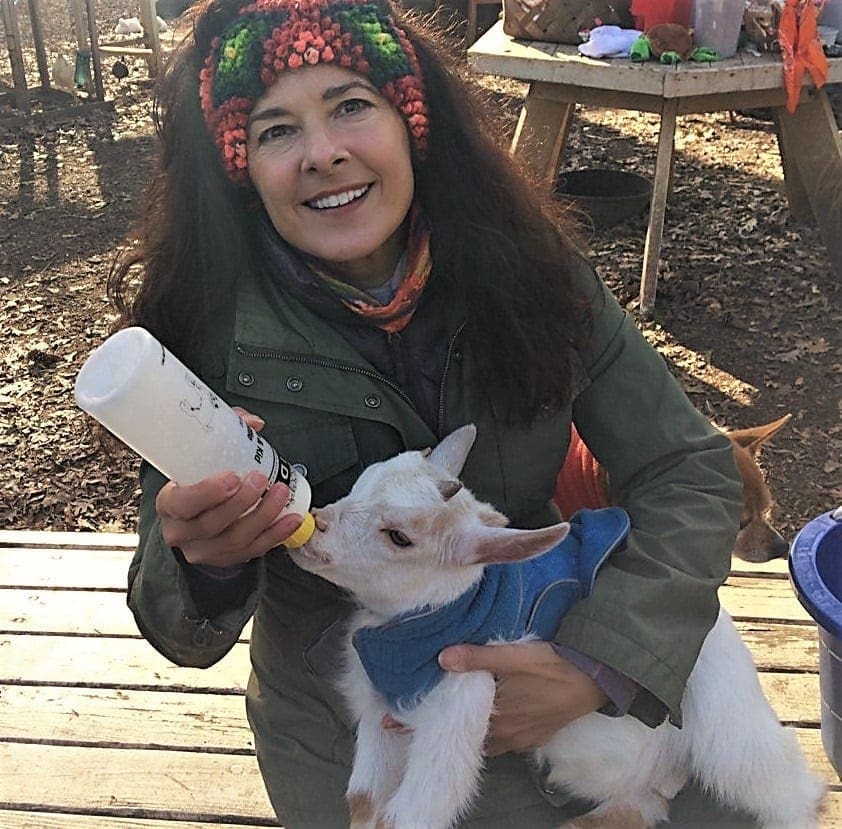
LJ has spent much of her free time as a single Mom – and now as an empty-nester – hiking in the US and around the world. She shares lessons learned from adventures both local and in exotic locations, and tips on how to be active with asthma, plus travel, gear, and hike planning advice for parents hiking with kids and beginners of all ages. Read more on the About page.

